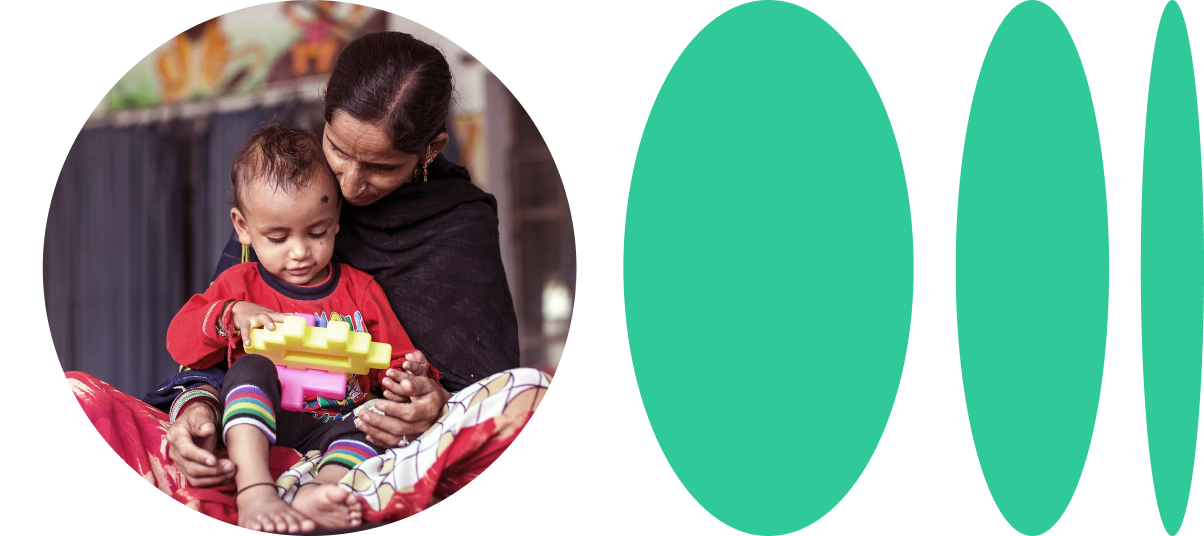Bangladesh

Working closely with the CRVS Secretariat, Cabinet Division, Office of the Registrar General and the Directorate General of Health Services within the Government of Bangladesh, we successfully piloted OpenCRVS, demonstrating its transformative potential to leave no-one behind in the country.

Informed by in-depth design research conducted by our team in rural and peri-urban locations, birth and death registration services were designed by working directly with the people who would use OpenCRVS and access the services it provides.
Following a very positive response to the proof of concept, a pilot implementation began in 2 sub-districts of the country to test how OpenCRVS could enable new models of CRVS in Bangladesh.
Birth and death registration services were available at official registration offices, at the community level and at health facilities, through integration with DHIS2.
increase in birth registrations
by the Bangladesh Computer Council
increase in death registrations
The results showed that OpenCRVS had an unprecedented impact on birth and death registration services
Increase in completeness rates
In rural areas, OpenCRVS enabled Community Health Assistants to send digital notifications of birth and death which led to large increases in the birth and death completeness rates within 1 year of occurrence (from 14% to 63% and from 2% to 47% respectively).
Improved service delivery
Simplification of the registration process for staff within the offices of the Union Parishad / Municipality meant that less time was spent on processing individual applications.
Positive customer experience
The families of those being registered found that the whole registration process was more streamlined. Less visits were required to the offices of the Union Parishad / Municipality and they appreciated the SMS updates of the application process.
Effective system interoperability
Technical interoperability was proven between OpenCRVS and other eGov systems. DHIS2 was able to generate notifications of both birth and death at the health facility level and securely transfer this data to OpenCRVS. The National ID system was able to validate NID numbers of applicants for OpenCRVS in real-time.
Safe and secure
The Bangladesh Computer Council found the OpenCRVS implementation to be highly secure and effective against cyber security threats.
Reliable services
The system experienced no downtime so continuity of civil registration services was maintained.
Increased data quality
No duplicate entries were made due to the duplication checker feature, which led to a high degree of data accuracy.
Real-time performance management
The operational dashboards were used to provide real-time data visualisations of the registration service.
OpenCRVS in action
Watch the video below to see how the product helped achieve impressive results in Bangladesh